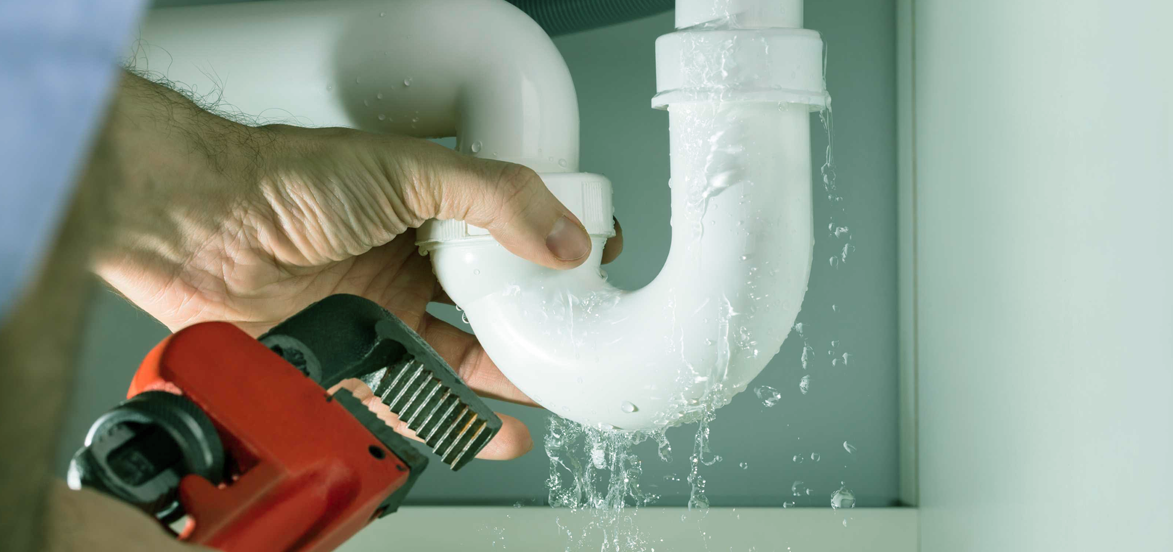Everybody seems to have his or her own way of thinking involving Hacks to detect leaks.

Early discovery of leaking water lines can mitigate a possible catastrophe. Aside from conserving you money, it will certainly reduce the worry and also disappointment. The moment you find a leak, calling your plumber for fixings is the most effective service. However, some little water leakages might not show up. Here are some hacks that assist if you can not find it with your nude eyes.
1. Examine the Water Meter
Every house has a water meter. Inspecting it is a surefire way that helps you find leakages. For starters, switch off all the water sources. Make sure nobody will flush, use the faucet, shower, run the washing device or dish washer. From there, most likely to the meter and watch if it will alter. Because no person is utilizing it, there should be no motions. If it moves, that indicates a fast-moving leakage. Similarly, if you detect no changes, wait an hour or 2 as well as inspect back once again. This implies you may have a slow-moving leakage that can even be underground.
2. Inspect Water Usage
If you detect sudden changes, despite your consumption being the very same, it means that you have leaks in your plumbing system. An unexpected spike in your expense indicates a fast-moving leakage.
Meanwhile, a steady increase monthly, despite the very same habits, shows you have a slow leak that's additionally gradually intensifying. Call a plumber to extensively check your property, particularly if you really feel a warm area on your floor with piping underneath.
3. Do a Food Coloring Examination
30% comes from commodes when it comes to water usage. Test to see if they are running effectively. Decrease specks of food shade in the container as well as wait 10 mins. If the shade somehow infiltrates your dish throughout that time without flushing, there's a leakage in between the storage tank and also bowl.
4. Asses Outside Lines
Do not fail to remember to examine your outside water lines too. Must water seep out of the connection, you have a loose rubber gasket. One little leak can lose heaps of water and also spike your water bill.
5. Inspect and Assess the Circumstance
House owners should make it a behavior to examine under the sink counters and also also inside cabinets for any bad odor or mold development. These 2 red flags show a leak so timely attention is needed. Doing regular inspections, also bi-annually, can save you from a significant problem.
If you recognize your home is already old, maintain a careful eye on your heaters, tubes, pipelines etc. Check for discolorations and also damaging as many pipes and also appliances have a life expectancy. They will certainly likewise naturally degrade as a result of damage. Don't wait for it to intensify if you suspect dripping water lines in your plumbing system. Call a specialist plumber immediately so you don't end up with an awful mess in your house.
Early discovery of leaking water lines can reduce a potential catastrophe. Some small water leakages might not be visible. Inspecting it is a surefire method that assists you uncover leakages. One little leak can throw away heaps of water and also increase your water expense.
If you believe leaking water lines in your plumbing system, don't wait for it to intensify.
How to Know If Your Home Has a Hidden Leak
Water Meter Reveals Inexplicable Water Usage
If you’d like to test whether or not there’s a leak somewhere in your home, you can do this using your water meter. Here is how to conduct the test:
Don’t use any water in your home for at least 30 minutes; this also means not turning on faucets or water-using appliances.
Go outside, and check your water meter for activity.
If your water meter shows that there was activity, even though no one was using any water, this proves that there is a leak in your home.
Visible Mold or Mildew Growth
Leaks behind walls create moist, dark environments that allow mold and mildew to grow and thrive. Eventually, you might see mold growth forming on the wall closest to a hidden leak.
If mold is growing in an area that receives a high amount of moisture, such as a bathroom, it may simply be an indication that better ventilation is needed. However, if you see mold growth on a wall or the ceiling in an area where you would not expect, you probably have a hidden leak.
Musty, Mildew Odor
Sometimes you might not be able to see the mold or mildew that is growing as a result of a leak. However, the smell can give the problem away just as easily. If you catch a whiff of something musty, there’s a good chance that old water is collecting somewhere in your home that you can’t see.
Stained/Warped Walls, Ceilings, or Floors
When your home soaks up water, a variety of red flags can become visible, including ceiling stains, bubbling drywall, warped walls, and sagging floors. While these issues can be caused by excess humidity, they can also be signs that a pipe or plumbing connection has started leaking behind your walls.
Inexplicably High Water Bill
After a while, you get a general sense for what your water bill should be. If you own a pool or sprinkler system, your bill will tend to be higher during summer. However, if you receive a water bill that seems especially high, and you can’t figure out what caused it, then you may have a hidden leak somewhere that’s increasing your bill.
https://www.plumbingjoint.com/blog/2019/july/how-to-know-if-your-home-has-a-hidden-leak/

Hopefully you enjoyed our piece on Finding hidden leaks. Thanks a ton for spending some time to browse our short article. Sharing is caring. Who knows, you could be helping someone out. I cherish reading our article about Locating water leaks.
Comments on “How to Inspect If Your Residence Has a Surprise Leak”